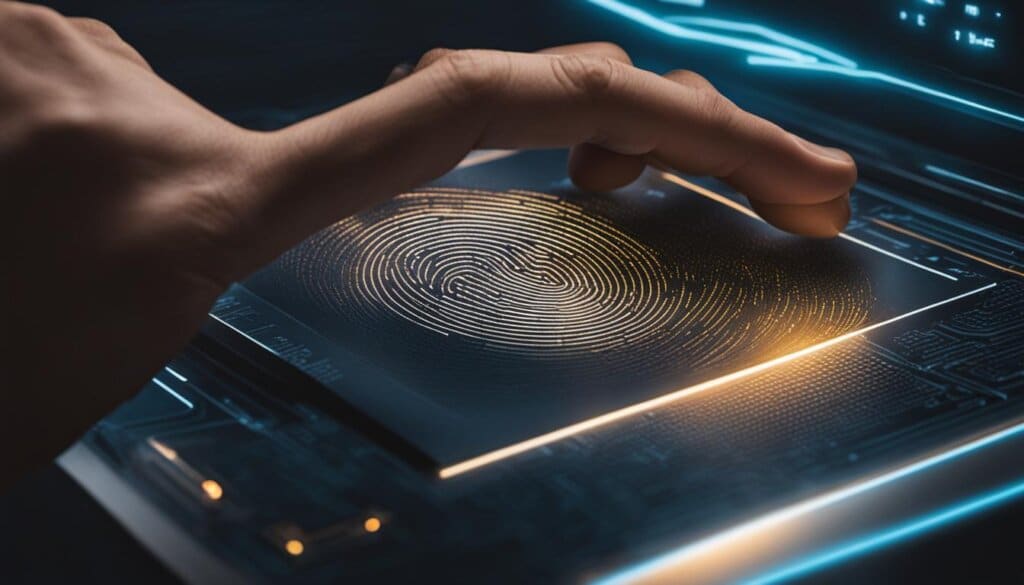Table of Contents
Two-factor authentication (2FA) is a vital security measure that helps safeguard our online accounts, personal data, and sensitive information from unauthorized access. In an increasingly digital world, where cyber threats are prevalent, it is crucial to understand the basics of 2FA and how it can enhance our security.
So, what exactly is two-factor authentication? Put simply, it is a mechanism that requires users to provide two distinct forms of identification before granting access to their accounts or devices. These identification factors can include something you know (like a password), something you have (such as a code sent to your smartphone), or something you are (such as biometric data).
Enabling two-factor authentication is strongly recommended for various accounts, including email, social media platforms, and financial services. By implementing this additional layer of security, we can significantly reduce the risk of unauthorized individuals gaining access to our sensitive information.
How Two-Factor Authentication Works
Two-factor authentication is a crucial security measure that helps protect against unauthorized access to online accounts and sensitive information. It works by requiring users to provide two different authentication factors to verify their identity. The first factor is typically a password, which acts as something the user knows.
The second factor adds an extra layer of security and can involve various methods. One common approach is to send a unique code to the user’s smartphone, which they must enter to complete the authentication process. This code serves as something the user has, confirming their ownership of the device.
Biometric data, such as fingerprints or facial recognition, can also be used as the second factor. By utilizing biometrics, two-factor authentication incorporates something the user is into the authentication process.
“Two-factor authentication combines something the user knows (password) with something the user has (code or biometric), enhancing the security of the authentication process.”
The two-factor authentication process involves multiple steps to ensure a high level of security. Initially, the user enters their password, which verifies their knowledge of the account credentials. Then, they must prove that they possess something unique to them, such as their smartphone or biometric features.
Benefits of Two-Factor Authentication
- Enhanced Security: The use of two authentication factors significantly reduces the risk of unauthorized access.
- Protection Against Password Theft: Even if a malicious actor obtains the user’s password, they would still need the second factor to gain access.
- Flexibility: Two-factor authentication allows users to select the most convenient second factor, such as a code on a smartphone or biometrics.
- User-Friendly Experience: Once set up, the authentication process is typically quick and seamless for users.
Implementing two-factor authentication is a proactive step towards securing online accounts and protecting sensitive information. By requiring two distinct authentication factors, it adds an extra layer of security to the authentication process, making it significantly harder for attackers to compromise accounts.
Types of Two-Factor Authentication
When it comes to securing your online accounts, there are various types of two-factor authentication (2FA) methods to choose from. These methods provide an additional layer of security by requiring users to provide two distinct forms of identification. Let’s explore some of the commonly used types:
Tokens
One popular option for 2FA is the use of tokens, such as key fobs or smart cards. These physical devices allow users to authenticate themselves by providing a unique code or credential.
Smartphone Apps
Another convenient way to implement 2FA is through smartphone apps. These apps generate one-time passcodes (OTPs) that users can use to verify their identities. OTPs are recognized as authentic by authentication devices or apps, adding an extra layer of security.
Hardware Tokens
Hardware tokens, like the YubiKey, are widely used for 2FA purposes. These devices provide OTPs and support public key encryption, offering enhanced security for your online accounts.
Biometric Authentication

Alongside physical tokens and smartphone apps, biometric authentication methods are gaining popularity. Smartphones themselves can serve as authentication devices, utilizing biometric factors like fingerprints or facial recognition to grant access to your accounts.
| Type | Description |
|---|---|
| Tokens | Tokens, such as key fobs or smart cards, are physical devices that provide a unique code or credential for authentication. |
| Smartphone Apps | Smartphone apps generate one-time passcodes (OTPs) that users can use to verify their identities. |
| Hardware Tokens | Hardware tokens, like the YubiKey, provide OTPs and support public key encryption for enhanced security. |
| Biometric Authentication | Biometric factors like fingerprints or facial recognition can be used for authentication on smartphones or other devices. |
Implementing Two-Factor Authentication
Implementing two-factor authentication (2FA) is crucial for enhancing the security of online accounts and protecting personal data. One popular method is SMS authentication, where users can verify their identities by linking a reliable phone number to their accounts. This approach adds an additional layer of protection, as it requires users to provide both something they know (password) and something they have (access to their phone).
Enabling 2FA is often a straightforward process that can be done through smartphone or electronic device settings. By navigating to the security or account settings, users can locate the option to enable 2FA and follow the necessary steps to link their phone number. Once activated, users will receive verification codes via SMS, which they can enter when prompted to complete the login process.
Choosing the right two-factor authentication provider is essential for ensuring a secure implementation. Microsoft’s Authenticator app is a popular choice, offering both two-factor and multi-factor authentication options for individuals and businesses. By following the provider’s recommended process of implementation, users can strengthen the security of their online accounts, networks, and databases, safeguarding against unauthorized access and potential data breaches.
FAQ
What is two-factor authentication (2FA)?
Two-factor authentication is a security system that adds an extra layer of protection to online accounts, smartphones, or even physical doors. It requires two distinct forms of identification, such as a password and a code sent to a smartphone, before granting access.
How does two-factor authentication work?
Two-factor authentication involves a multistep process. The user enters their password as the first factor and then proves that they have something only they possess, such as a code on their smartphone or biometric data like fingerprints or facial recognition.
What are the different types of two-factor authentication?
There are various types of two-factor authentication products available, including tokens such as key fobs or smart cards, smartphone apps that generate one-time passcodes (OTPs), hardware tokens like the YubiKey, and authentication using biometric factors on smartphones.
How can I implement two-factor authentication?
Two-factor authentication can be implemented through methods like SMS authentication, where users verify their identities through a reliable phone number. Many users can enable 2FA through their smartphone or electronic device settings. It’s also important to choose the right two-factor authentication provider and follow their implementation process.













